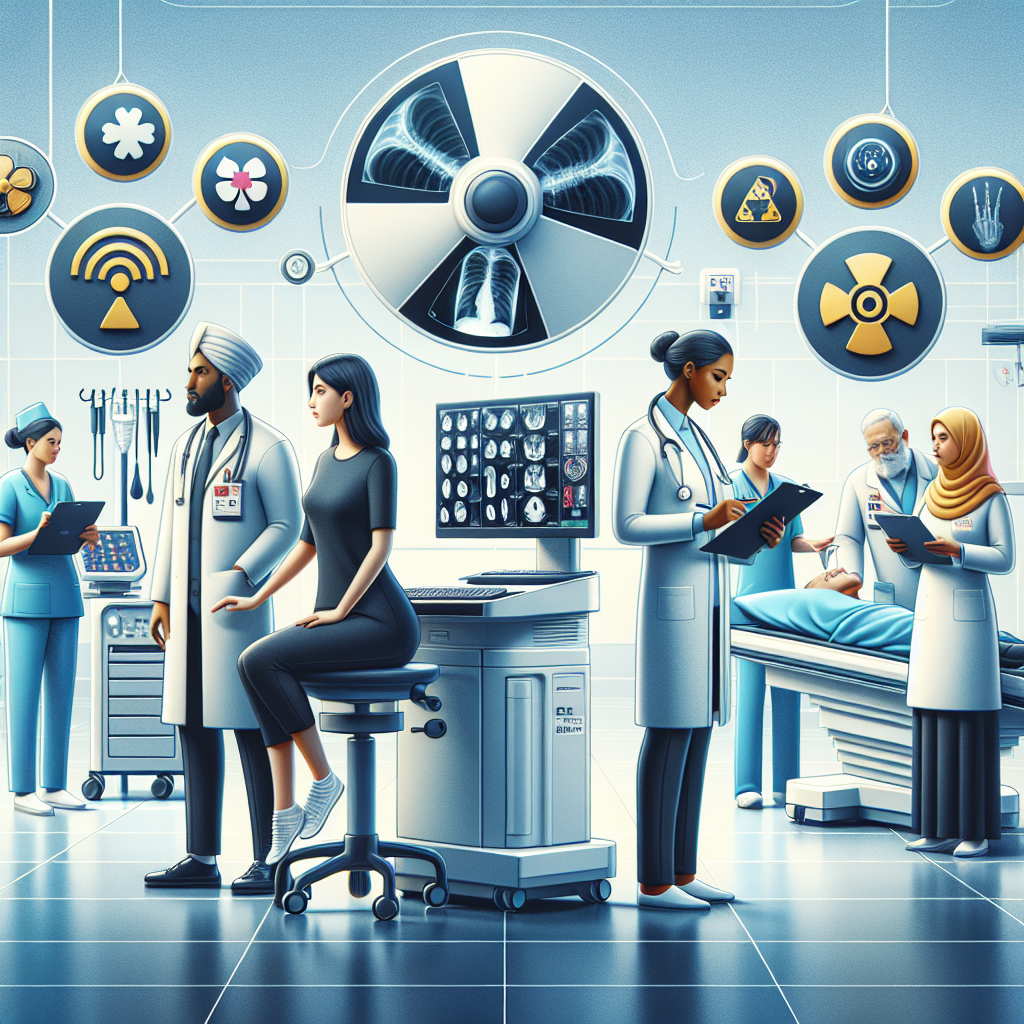Introduction
When it comes to diagnosing and treating medical conditions, radiology plays a crucial role. Radiology tests, also known as medical imaging tests, allow doctors to see inside the body and identify any abnormalities or conditions that may be present. These tests use various technologies to produce images of the internal structures, organs, and tissues, helping healthcare professionals make accurate diagnoses and develop effective treatment plans.
Table of Contents
- What is Radiology?
- The Importance of Radiology Tests
- Common Radiology Tests
- 1. X-rays
- 2. CT Scans
- 3. MRI Scans
- 4. Ultrasound
- 5. Mammography
- Key Takeaways
- Frequently Asked Questions
- Conclusion
What is Radiology?
Radiology is a medical specialty that focuses on the use of medical imaging technologies to diagnose and treat diseases and injuries. Radiologists are physicians who specialize in interpreting these images and providing accurate diagnoses. Radiology tests are non-invasive or minimally invasive procedures that produce images of the body’s internal structures.
The Importance of Radiology Tests
Radiology tests are essential for diagnosing and monitoring a wide range of medical conditions. These tests provide valuable information that helps doctors make informed decisions about treatment options. By visualizing the internal structures of the body, radiology tests can:
- Detect and diagnose diseases, such as cancer, heart disease, and infections
- Evaluate the extent and progression of diseases
- Guide treatment decisions
- Monitor the effectiveness of ongoing treatments
- Assist in planning surgeries and other procedures
Without radiology tests, it would be challenging for doctors to accurately diagnose and treat many medical conditions.
Common Radiology Tests
There are several common radiology tests that are routinely performed to diagnose and monitor various medical conditions. Let’s take a closer look at some of these tests:
1. X-rays
X-rays are one of the oldest and most commonly used radiology tests. They use a small amount of radiation to produce images of bones, lungs, and other dense structures in the body. X-rays are often used to:
- Detect fractures and other bone abnormalities
- Diagnose lung conditions, such as pneumonia and lung cancer
- Guide the placement of medical devices, such as pacemakers and catheters
X-rays are quick, painless, and readily available in most healthcare facilities.
2. CT Scans
Computed Tomography (CT) scans use a combination of X-rays and computer technology to produce detailed cross-sectional images of the body. CT scans are particularly useful for:
- Detecting and diagnosing cancer
- Evaluating injuries to the head, chest, abdomen, and pelvis
- Assessing the blood vessels for blockages or aneurysms
CT scans provide more detailed images than X-rays and can help doctors make more accurate diagnoses.
3. MRI Scans
Magnetic Resonance Imaging (MRI) scans use a strong magnetic field and radio waves to generate detailed images of the body’s organs and tissues. MRI scans are particularly useful for:
- Detecting and diagnosing brain and spinal cord abnormalities
- Evaluating joint injuries and conditions, such as torn ligaments and arthritis
- Assessing the extent and spread of cancer
MRI scans do not use radiation and are safe for most patients, although individuals with certain metal implants may not be able to undergo an MRI.
4. Ultrasound
Ultrasound tests use high-frequency sound waves to produce images of the body’s internal structures. Ultrasound is commonly used for:
- Monitoring pregnancies and evaluating fetal development
- Diagnosing and monitoring conditions affecting the abdomen, pelvis, and reproductive organs
- Guiding certain medical procedures
Ultrasound tests are safe, non-invasive, and do not use radiation.
5. Mammography
Mammography is a specific type of X-ray used to detect and diagnose breast cancer. It is an essential screening tool for women, particularly those over the age of 40. Mammograms can detect breast abnormalities, such as tumors or cysts, before they can be felt during a physical examination.
Key Takeaways
- Radiology tests are crucial for diagnosing and monitoring various medical conditions.
- Common radiology tests include X-rays, CT scans, MRI scans, ultrasound, and mammography.
- These tests provide valuable information that helps doctors make accurate diagnoses and develop treatment plans.
- Radiology tests are non-invasive or minimally invasive procedures that produce images of the body’s internal structures.
Frequently Asked Questions
Q: Are radiology tests safe?
A: Yes, radiology tests are generally safe. However, some tests, such as CT scans, involve radiation exposure, so the benefits and risks should be carefully considered.
Q: How long do radiology tests take?
A: The duration of a radiology test depends on the specific test being performed. X-rays and ultrasound tests are usually quick, while CT scans and MRI scans may take longer.
Conclusion
Radiology tests are an integral part of modern medicine, allowing doctors to visualize the internal structures of the body and diagnose various medical conditions. From X-rays to MRI scans, these tests provide valuable information that helps guide treatment decisions and improve patient outcomes. If you have any concerns or questions about radiology tests, it’s best to consult with a healthcare professional who can provide you with the necessary information and guidance.


